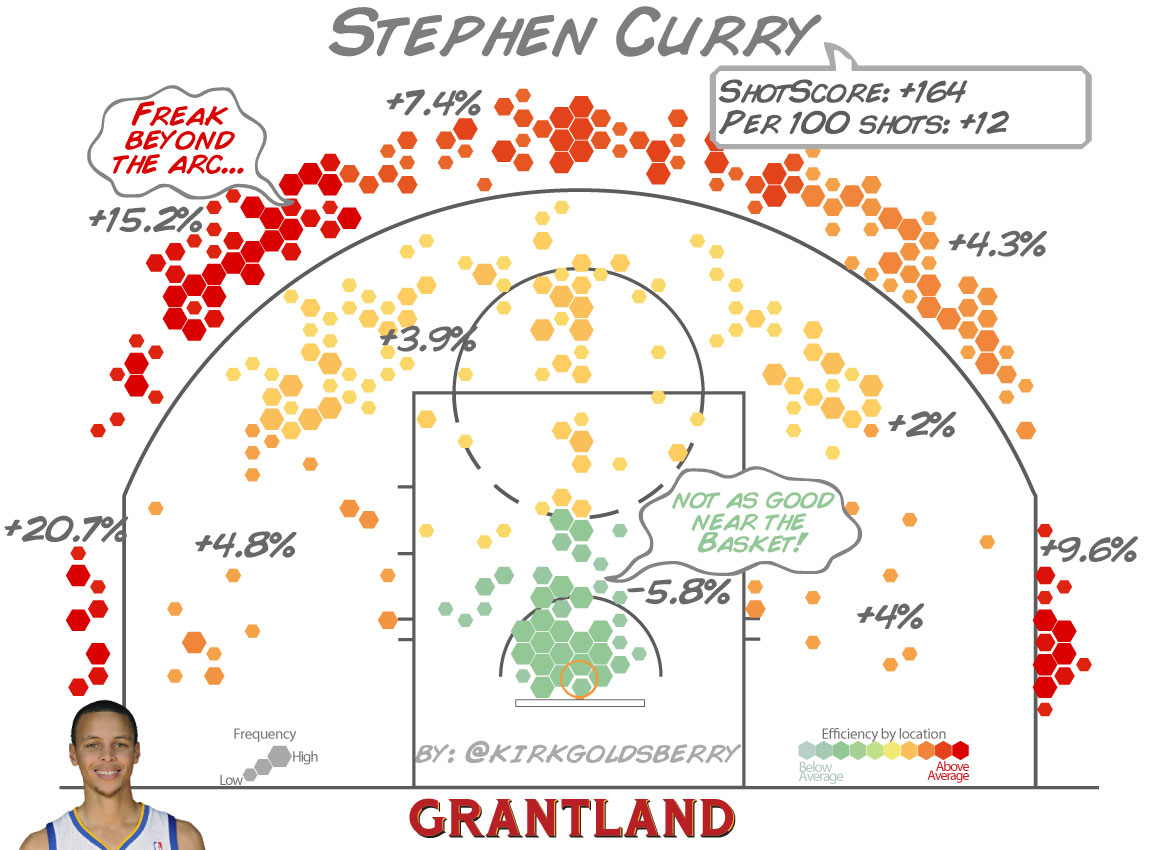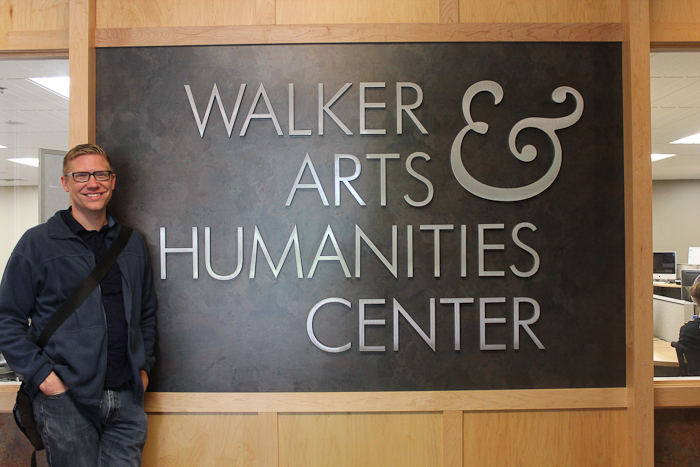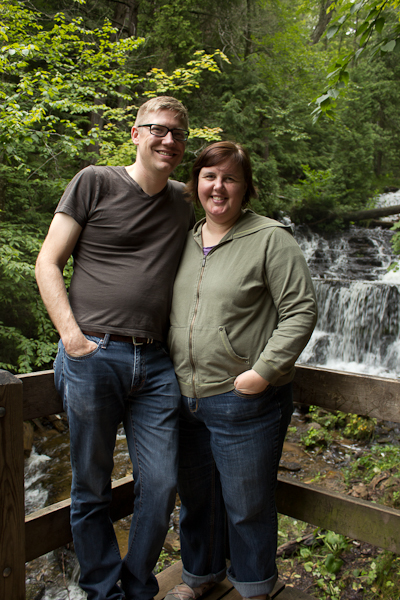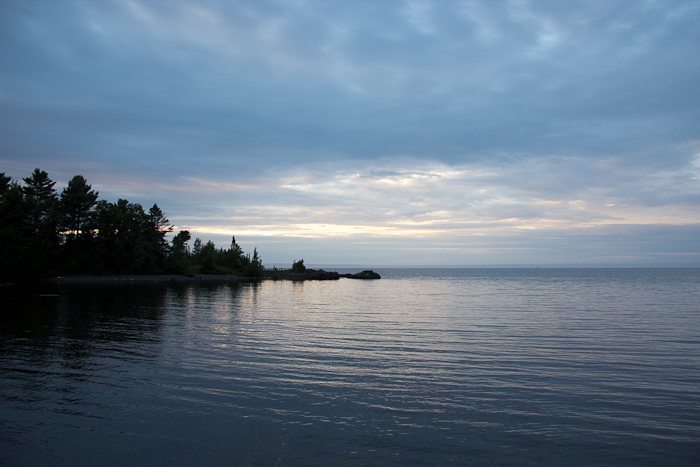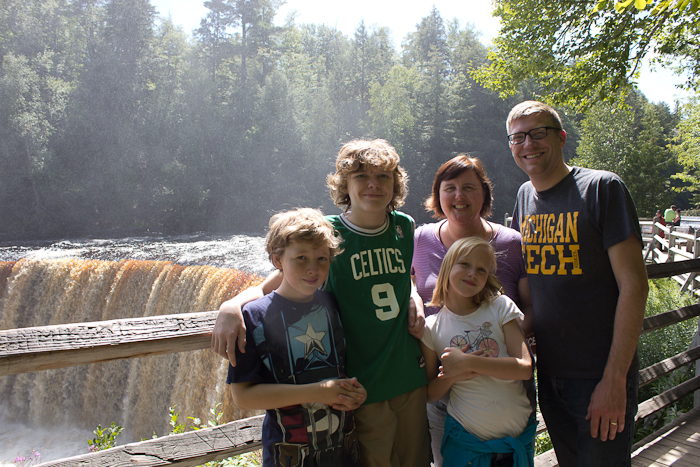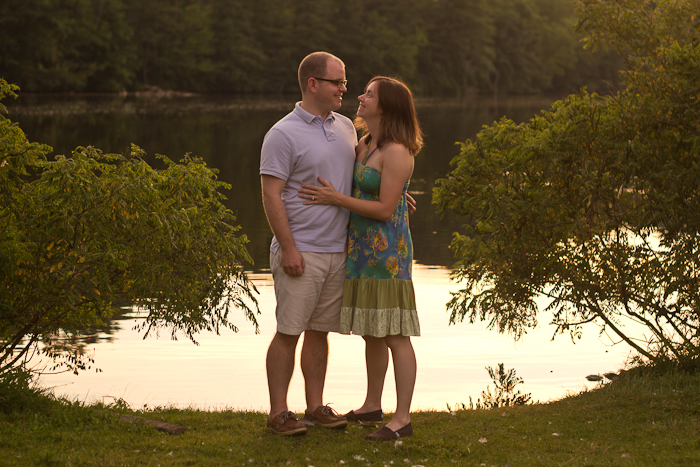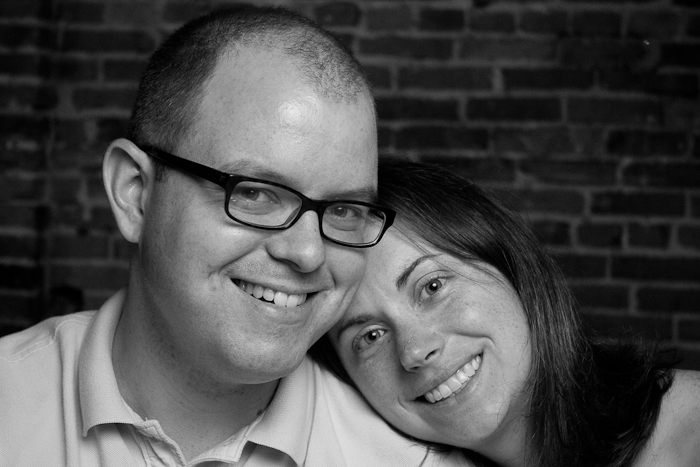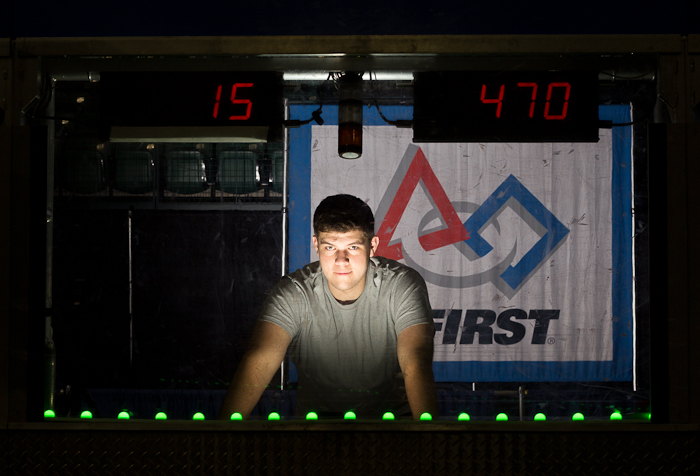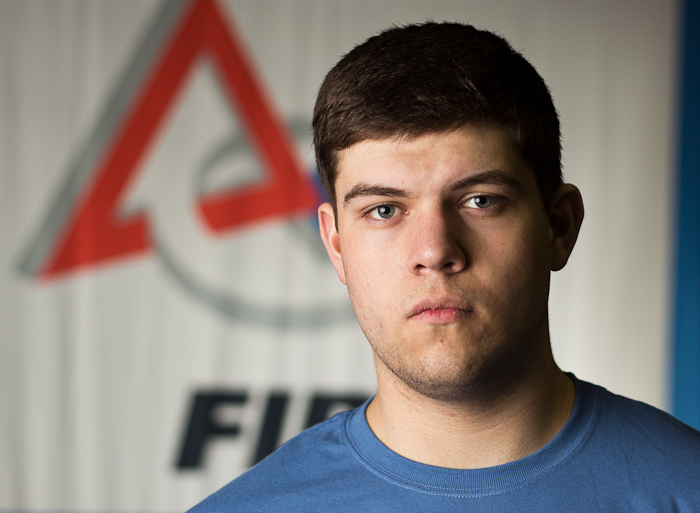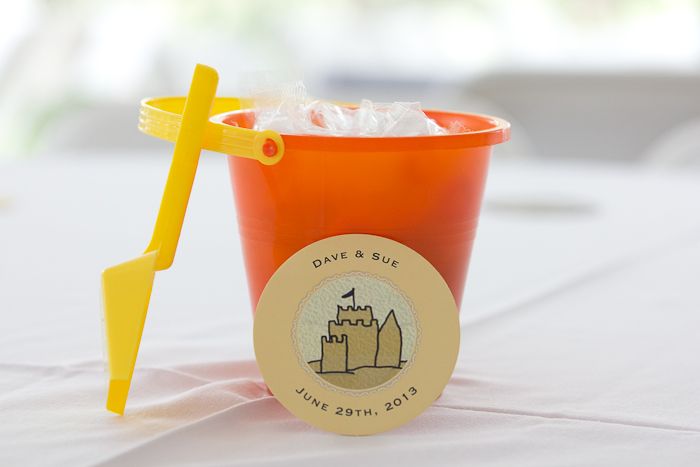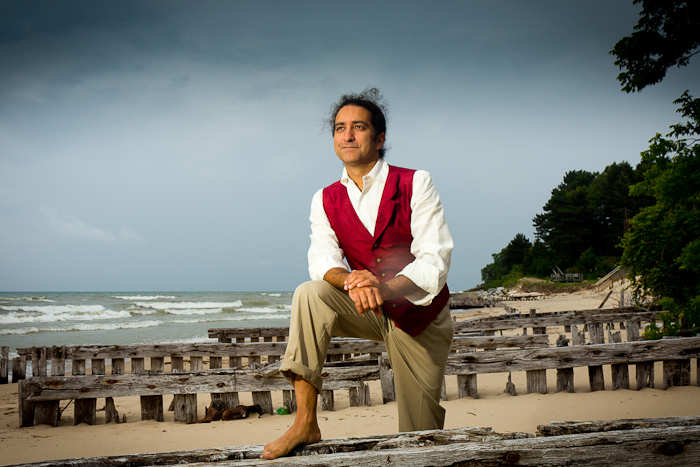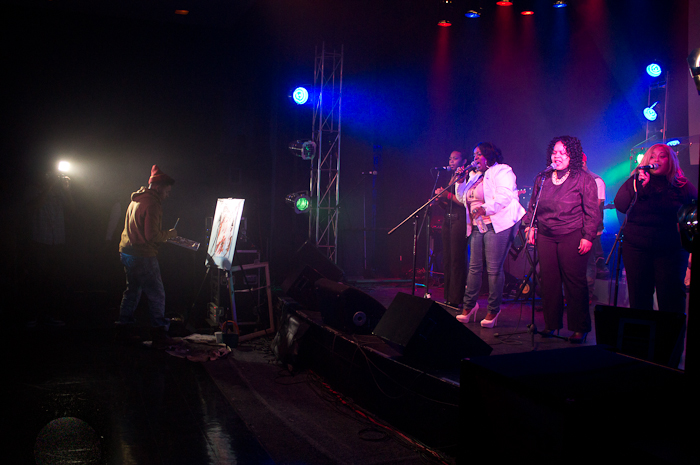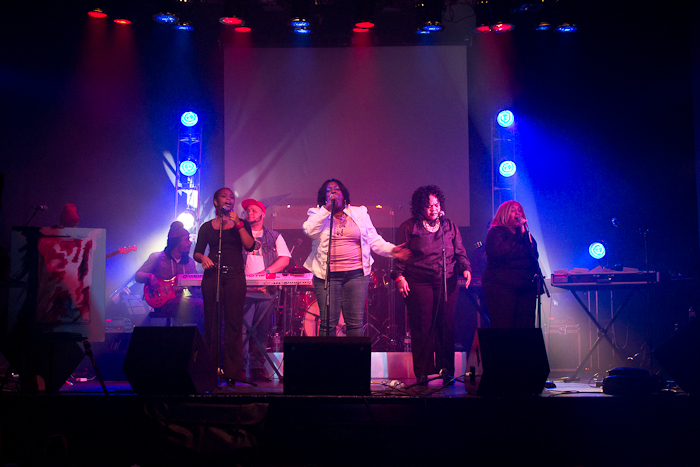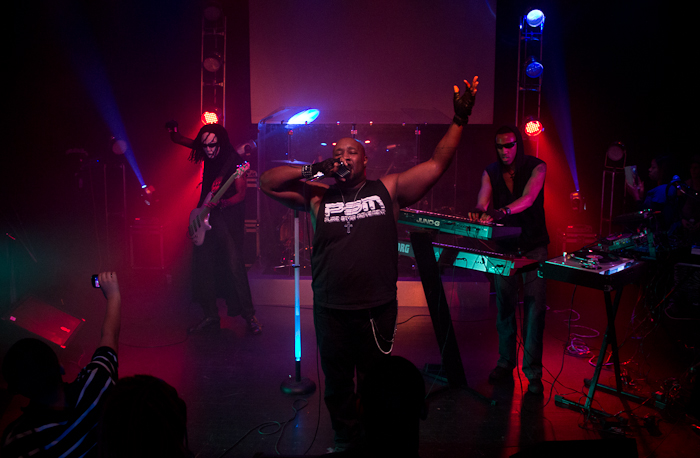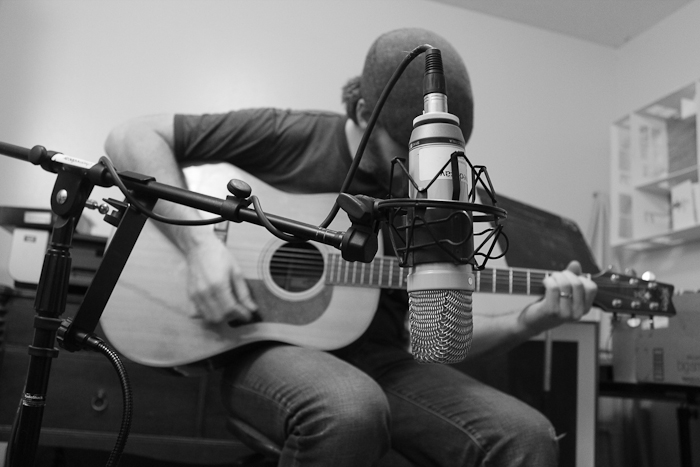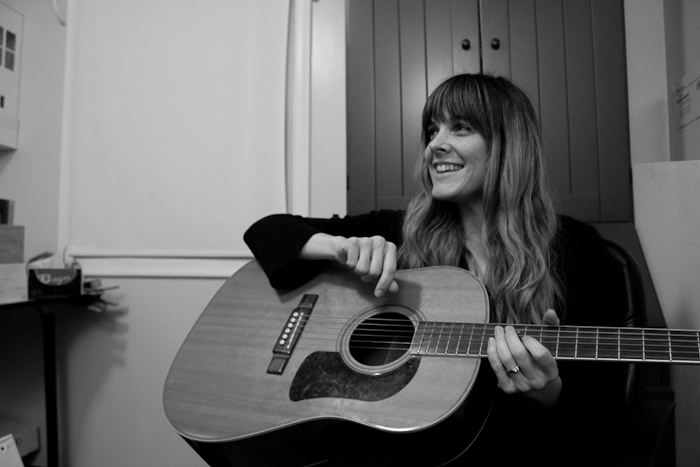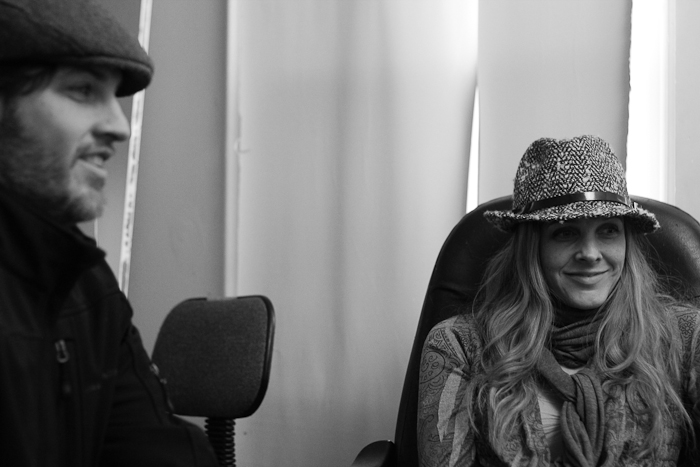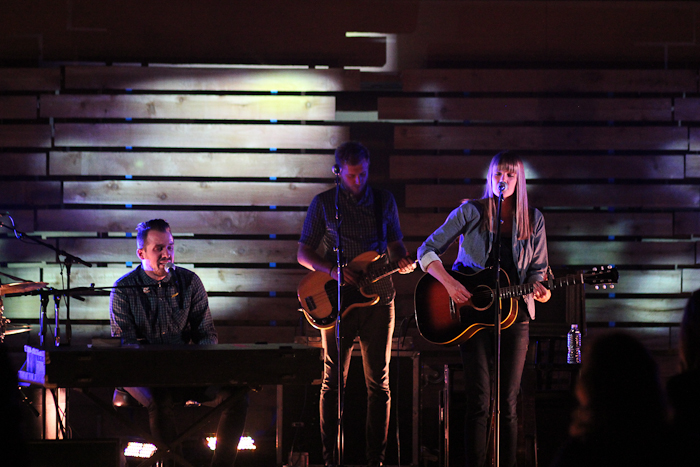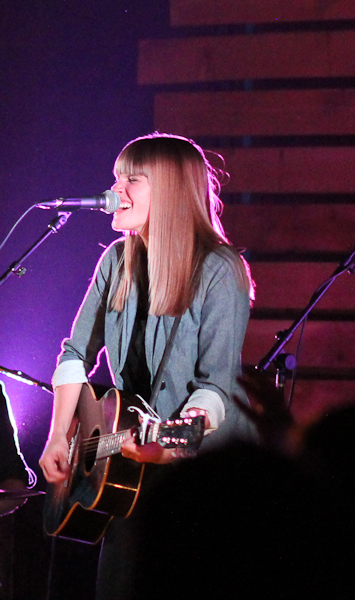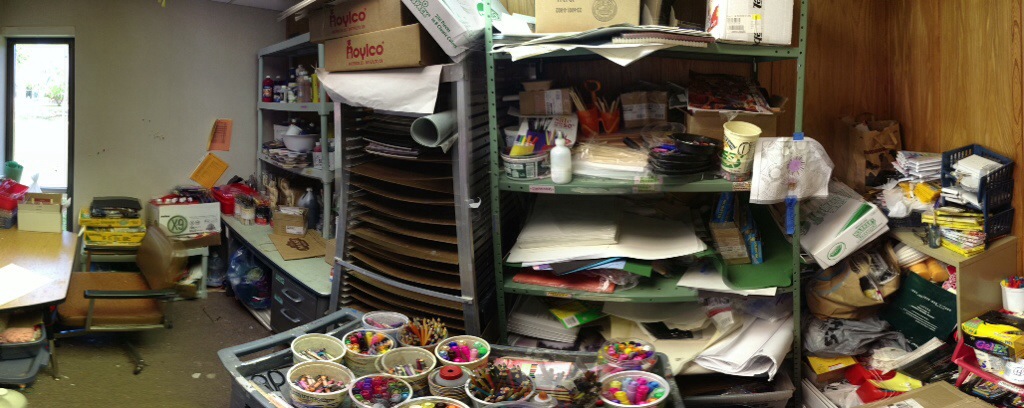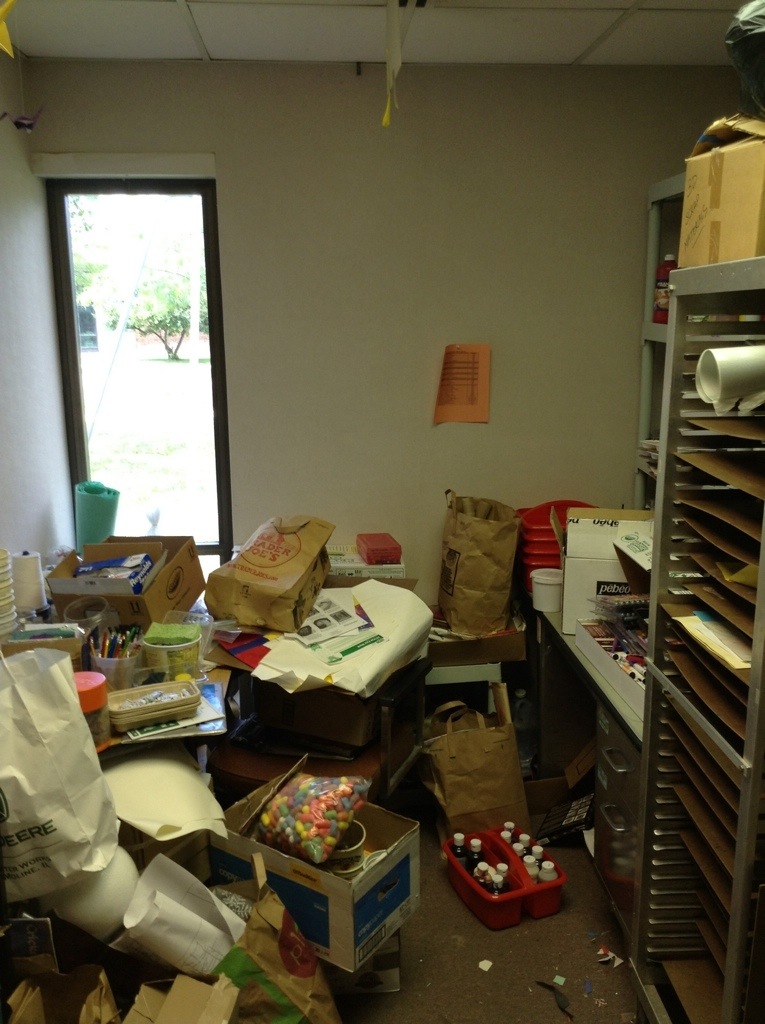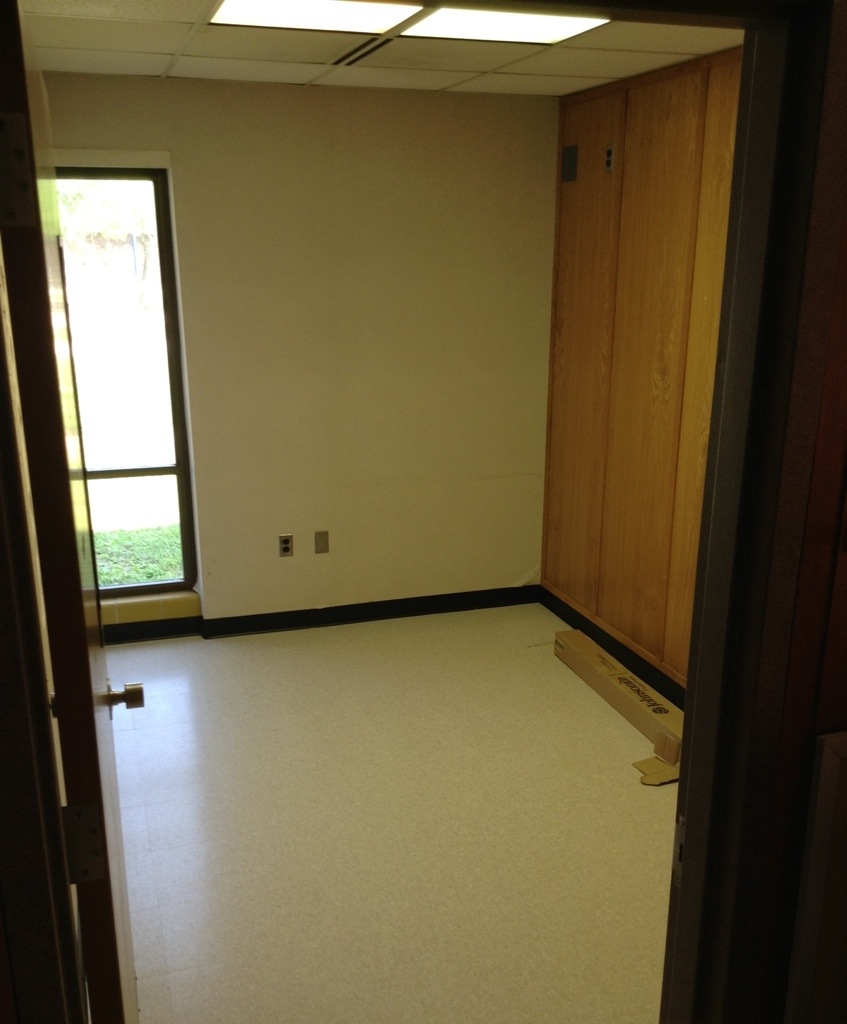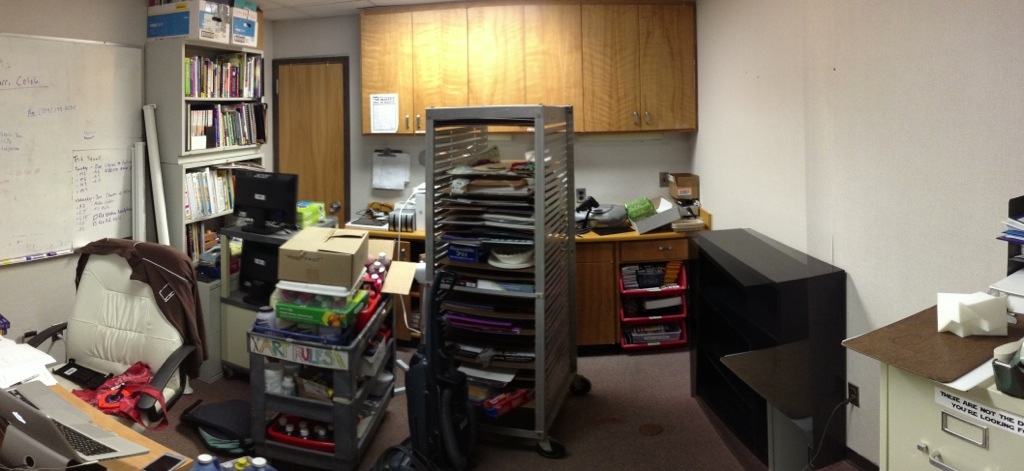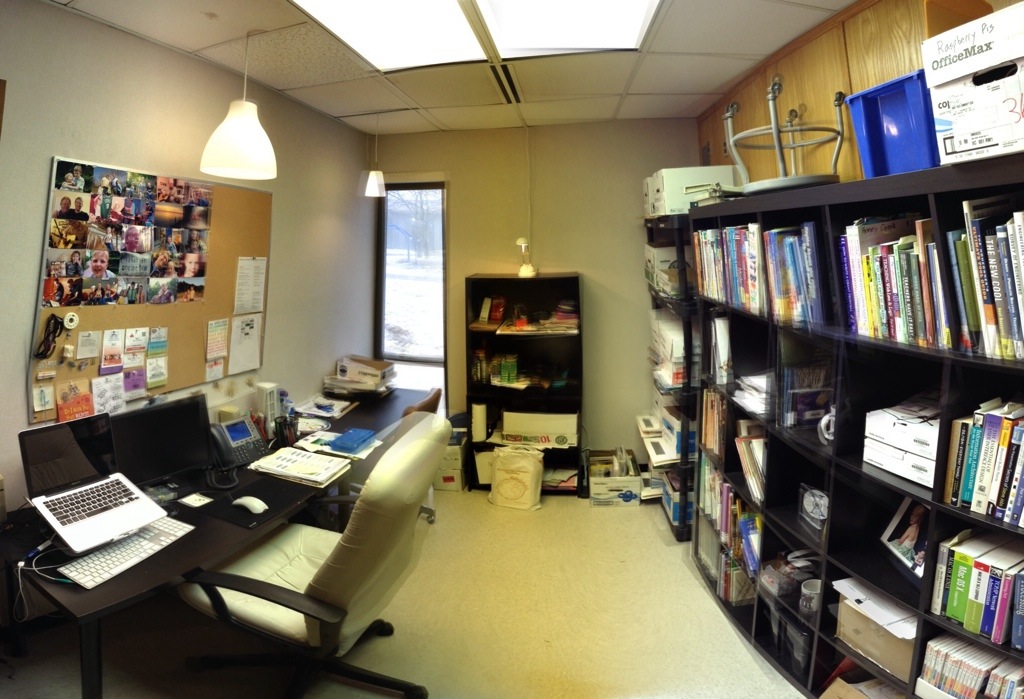I decided not to take a graduate class this winter semester, due to a couple of factors (time and money, primarily). However, I was very pleased to be given a copy of Seymour Papert’s Mindstorms: Children, Computers, And Powerful Ideas  for Christmas, and I decided to use it to do some independent study and research during this winter.
for Christmas, and I decided to use it to do some independent study and research during this winter.


In addition to the Amazon link above, you can also read Mindstorms for free via Google Books.
Although I have read parts of this book in the past, along with various articles by Papert, I am planning on reading and blogging my thoughts about Mindstorms chapter-by-chapter, as a way to reflect on the book and engage more deeply with the text. I anticipate this will both inspire and challenge me, and I can already envision it providing continued direction in both my academic work as well as my teaching practice.
I first became particularly interested in reading Mindstorms after glowing (and occasionally profane) recommendations by Bret Victor in his treatise, “Learnable Programming“. Victor writes about Mindstorms:
The canonical work on designing programming systems for learning, and perhaps the greatest book ever written on learning in general, is Seymour Papert’s “Mindstorms”.
Designing a learning system without a solid understanding of the principles in this book is like designing a mechanical system without understanding “the lever”. Or “gravity”. If you are reading this essay (and I’m pretty sure you are!) then you need to read “Mindstorms”.
Bret Victor’s “Learnable Programming” was itself a stunning, revelatory piece of work to me when I first encountered it, informing my thoughts on how to teach and design programming environments for students. I work primarily with elementary and middle school students, teaching Processing, LEGO Mindstorms NXT robotics, Scratch, and other programming environments, among other technology and engineering topics. Due to our mixed grade levels, I have a 3-year curriculum cycle for our middle school, and I will next be teaching Processing in the 2014-2015 school year. “Learnable Programming” gave me a lot to chew on for how I’ll approach this next time around.
Back to Mindstorms: today I read the Foreward to the Second Edition by John Sculley (former CEO of Apple Computer), the Foreward to the Second Edition by Carol Sperry, the Introduction to the Second Edition by Seymour Papert, the Preface (“The Gears of My Childhood”), and finally the actual Introdution: Computers for Children. What Papert sets out in these first few pages is really visionary, exciting, and sometimes uncomfortable ideas about computers, education and society.
Some quotes:
I see Logo as a means that can, in principle, be used by educators to support the development of new ways of thinking and learning. However Logo does not in itself produce good learning any more than paint produces good art.
– Introduction to the Second Edition , p. xiv
Most important of all, in many schools students were now able to use programming as an expressive medium to study other topics rather than as a skill to be learned for the sake of learning it. As they do so they become fluent, and as they become fluent they begin to use their own varied styles of programming.
– Introduction to the Second Edition , p. xvii
Papert is listing some of the “bugs” in the first edition of the book. This idea of programming being a means to an end rather than its own intrinsically useful or worthwhile activity is one that I wrestle with, as I tend to do with all skills-based learning. For example, is it worthwhile to learn algebra as a standalone skill, or only when learning algebra empowers students to do other things?
In many schools today, the phrase “computer-aided instruction” means making the computer teach the child. One might say the computer is being used to program the child. In my vision, the child programs the computer and, in doing so, both acquires a sense of mastery over a piece of the most modern and powerful technology and establishes an intimate contact with some of the deepest ideas from science, from mathematics, and from the art of intellectual model building.
– Introduction , p. 5
It’s interesting to see Papert use the phrase “mastery over” the computer, as it seems that so much of this work is about embracing the computer as a tool. I suppose this is a minor thing, but the use of language seems curious. I tend not to think of “mastery over” my preferred tools, but instead a harmonious usage, with the tool becoming an extension of me as opposed to me forcing a tool to do what I want.
Really, though, the killer dichotomy here is the “computer programming the child” versus “child programming the computer” that Papert so neatly lays out. This alone is worth the price of admission regarding the Introduction. It neatly defines all those rote games that, while useful, too often get thought of as the only domain of educational technology (practicing addition facts, anyone?), while laying out a clear sense of what the rest of the text should be about.
Finally, Papert goes on a real tear on pages 16-18, describing (in 1979!) the need for 1:1 computing platforms to enable the kind of computer-assisted learning he is getting ready to describe:
…the “right conditions” are very different from the kind of access to computers that is now becoming established as the norm in schools. The conditions necessary for the kind of relationships with a computer that I will be writing about in this book require more and freer access to the computer than educational planners currently anticipate. And they require a kind of computer language and a learning environment around that language very different from those the schools are now providing. They even require a kind of computer rather different from those that schools are currently buying.
– Introduction , p. 16-18
I look forward to blogging Chapter 1 soon! Thanks for reading.








